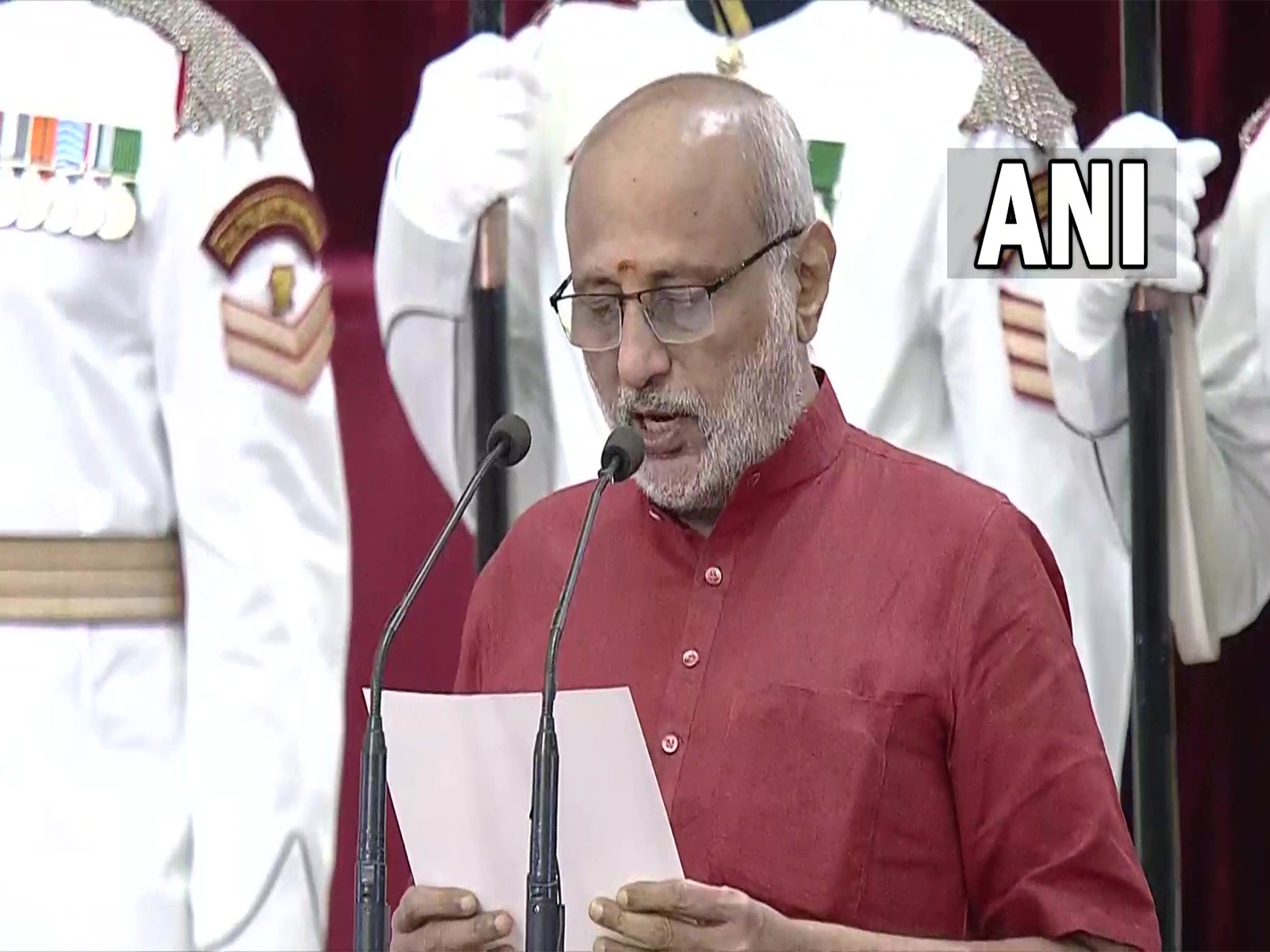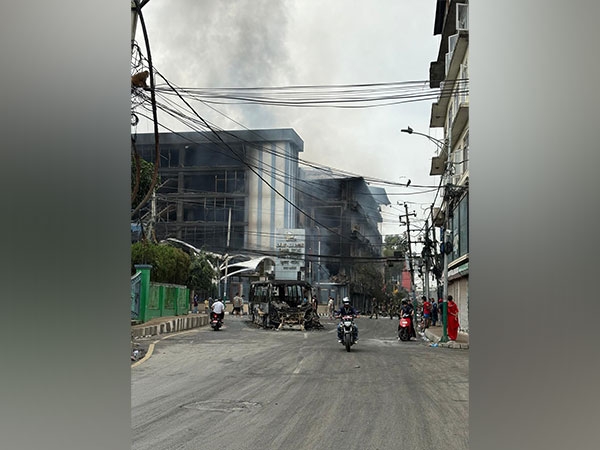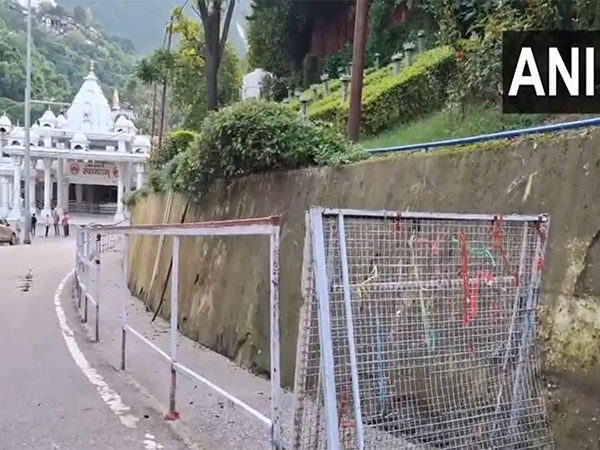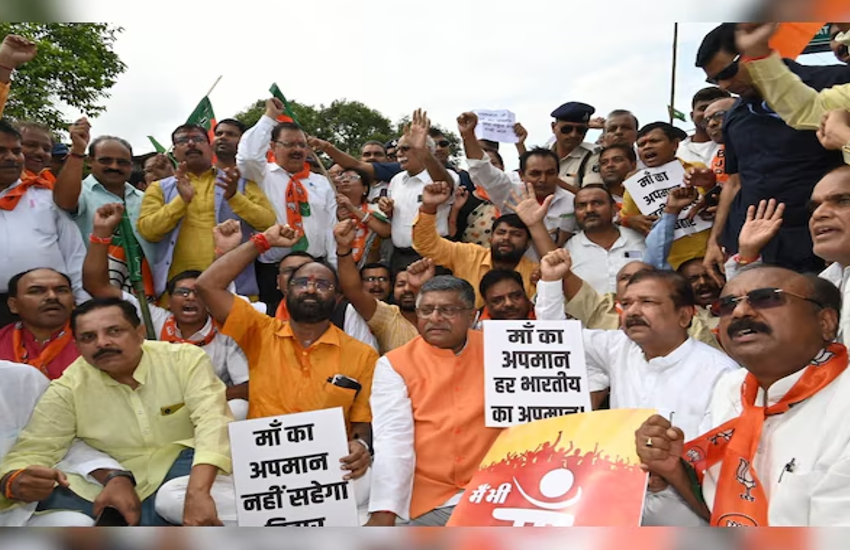
Ladakh's most celebrated town, Leh draws multitudes of visitors from across the country and the world, eager to experience its inimitable culture; its breathtaking mountainous landscape and the feel of nature in its true splendour. Yet not many know about 'Bomb Guard' near Diskit Tsal where garbage from Leh is dumped.
Undeniably, the tourist boom has brought in revenues, created employment. It has also strained the region's scarce natural resources. Consumption patterns have changed and this is most apparent in the deluge of packaged foods.
According to Alex, Future Earth, a staggering 30,000 plastic water bottles are dumped in Leh every day.
In August 2015, the Municipal Committee of Leh (MCL) inaugurated an initiative for cleaning up the town -undertaken under the Urban Infrastructure Development Scheme for Small and Medium Towns ( UIDSSMT). Two dustbins were to be provided at the community level- one blue for solid wastes and the green one for kitchen or bio- degradable wastes. This message stressed upon by the Administrator, MCL Dr. Zahida Bano at the Inaugural -was supposed to go out widely.
A gap between the intent and its uptake, however, has been evident. Amina Bano, 60, living in Sheynam uses only one bin for dry waste.
"I find the bit too big for kitchen waste that tends to rot and stink", she says.
Jigmet Wangdus, 40, from Tukcha says, "There is no logic in sorting the garbage at source because ultimately it all gets dumped together at Bomb Guard." He only uses one bin for dry waste; in the other, he stores wood and dung-both precious fuel for winter. But he believes there is a need to create awareness on waste management the processes of segregation, recycling and composting.
Meanwhile, garbage, notably plastic waste continues to inundate Leh and is being dumped at Bomb Guard indiscriminately. Residents are beginning to get worried.
"Mounting garbage in Leh can undo the good that tourism brings. Who knows in the future, we could lose business because of this," says Phuntsog Angmo, 44, Khakshal,visibly anxious.
Hopefully, things will not be as grim as Angmo's forecast but the problem needs urgent attention. Ruksana Parveen, Inspector, MCL believes that multiple stakeholders need to be involved in garbage management. Even so, the role and responsibility of civic authorities remain paramount.
The Ladakh Hill Development Council (LAHDC) - the region's highest policy-making and the executive body has allocated land to MCL to build landfills and incinerators. Once operationalized the unsorted garbage at Bomb Guard will be landfilled at this new plant located at Skampari.
This would, of course, ease things in Leh. But even so, a crucial point is missed. It is as important if not more- to prevent waste from being produced in the first place. Clearly solid waste management in Leh needs to do more than just deal with the ravages of modern life. It needs to recall and if possible incorporate elements that protect the natural resources that the region is famed for.
The views expressed in the above article are that of Tsewang Dolma of Charkha Features.
-ANI



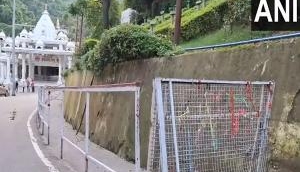
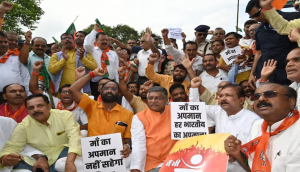
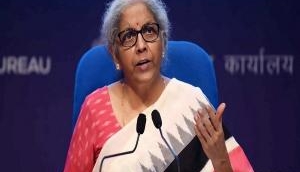

![BJP's Kapil Mishra recreates Shankar Mahadevan’s ‘Breathless’ song to highlight Delhi pollution [WATCH] BJP's Kapil Mishra recreates Shankar Mahadevan’s ‘Breathless’ song to highlight Delhi pollution [WATCH]](https://images.catchnews.com/upload/2022/11/03/kapil-mishra_240884_300x172.png)

![Anupam Kher shares pictures of his toned body on 67th birthday [MUST SEE] Anupam Kher shares pictures of his toned body on 67th birthday [MUST SEE]](https://images.catchnews.com/upload/2022/03/07/Anupam_kher_231145_300x172.jpg)


